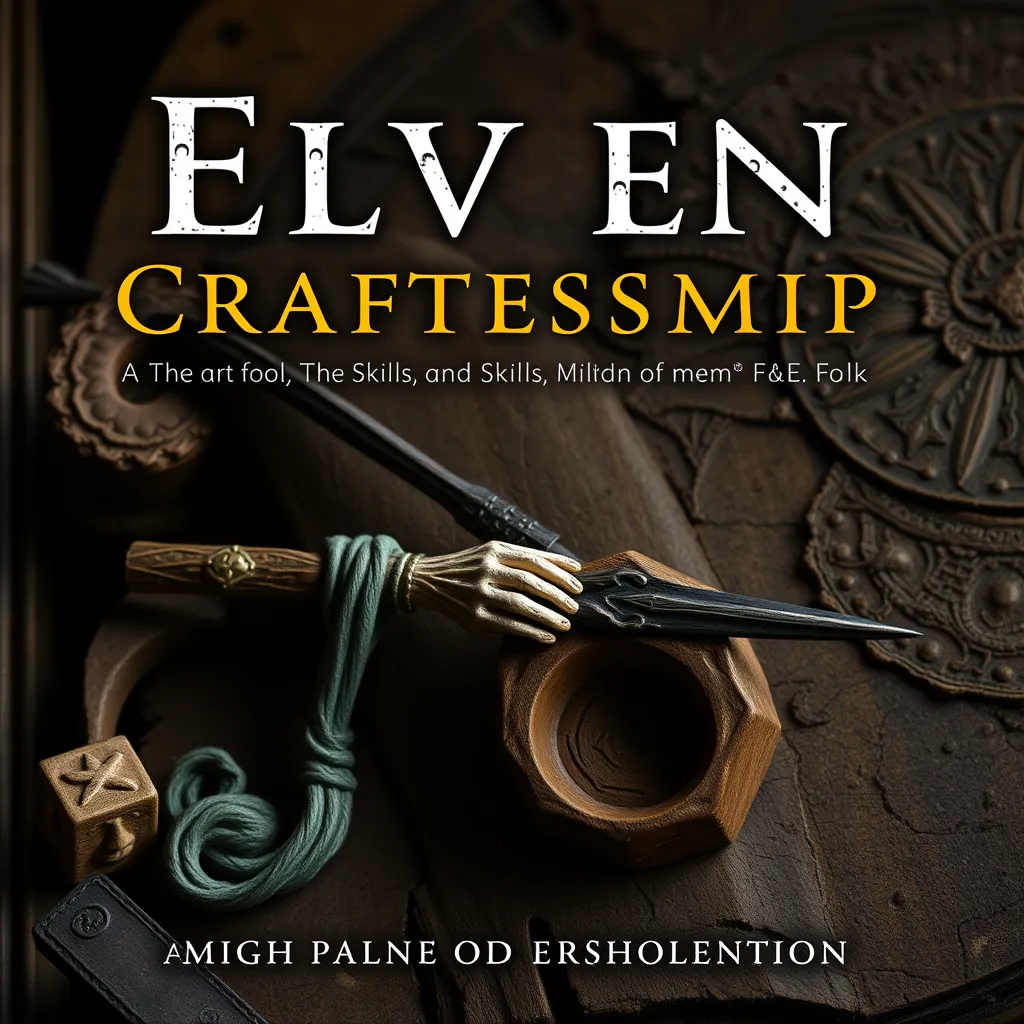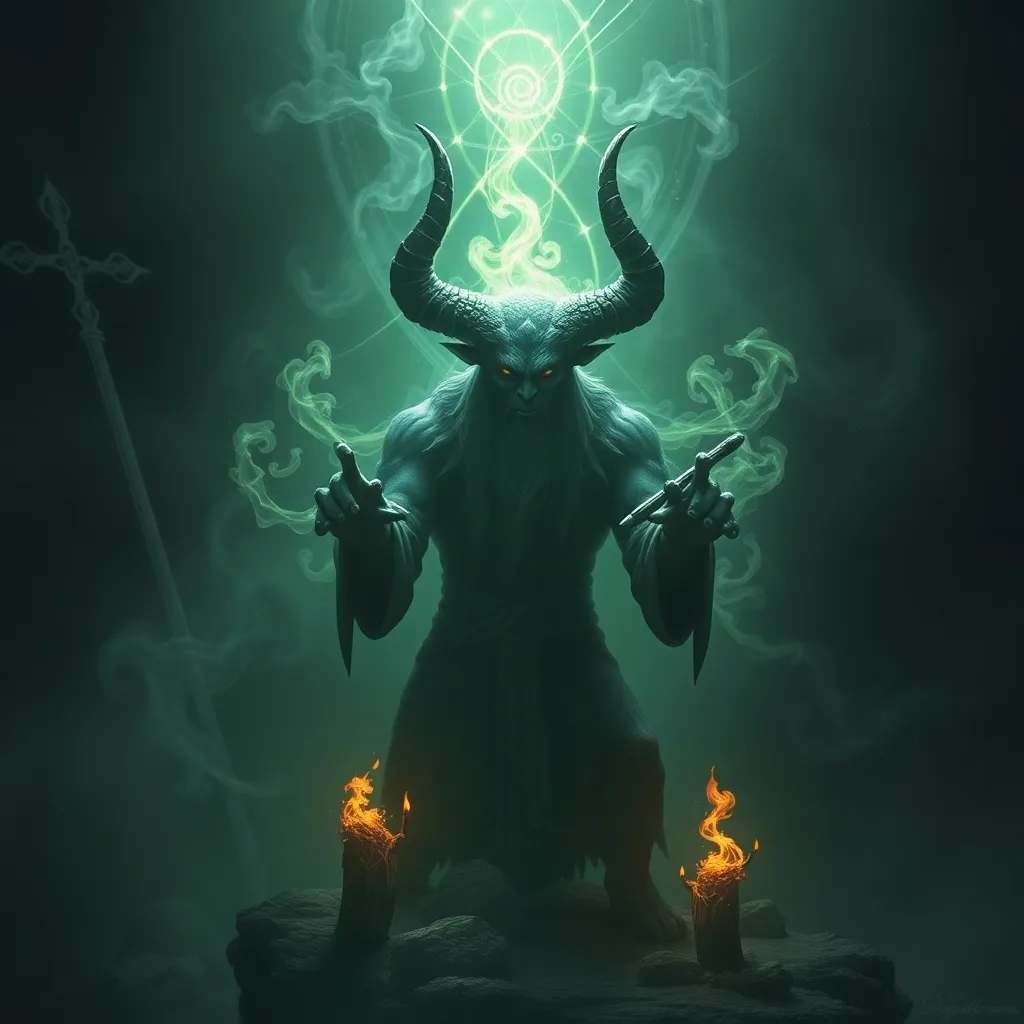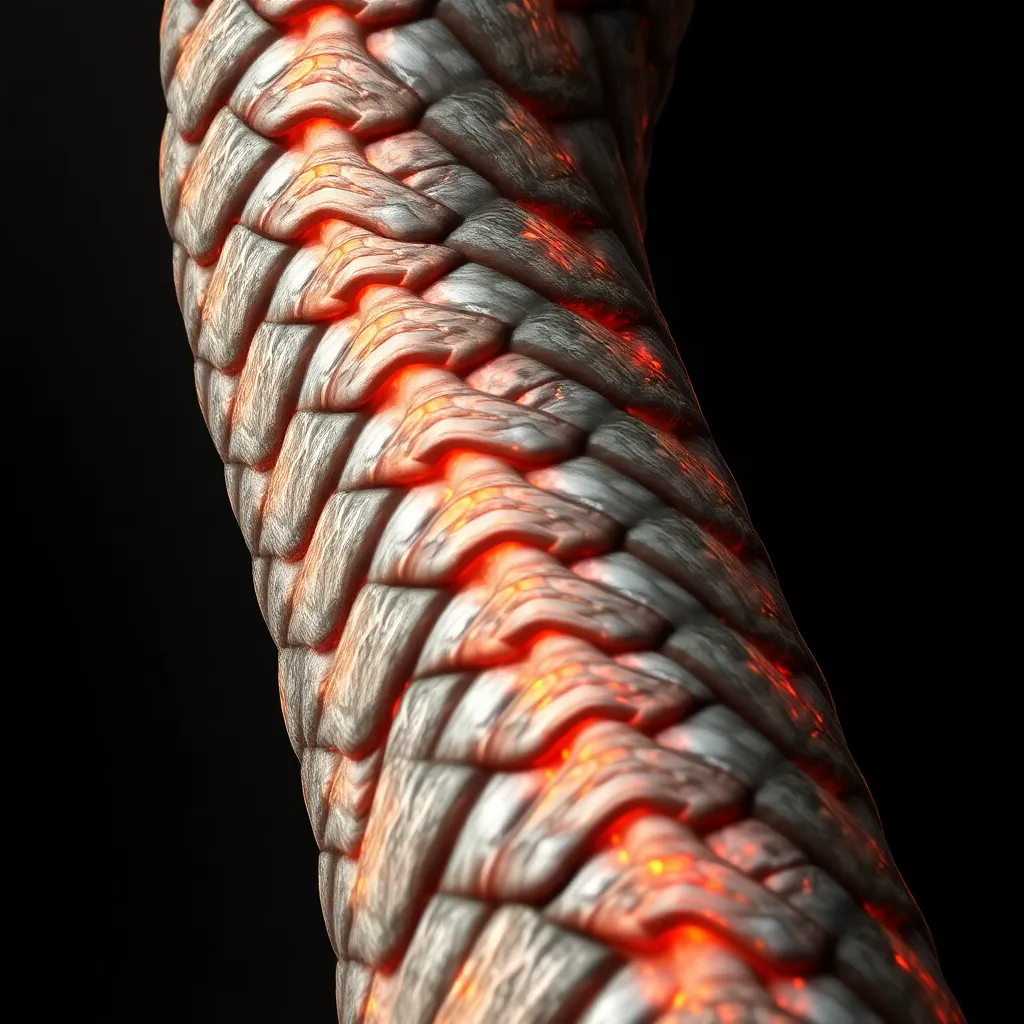Elven Craftsmanship: The Art, Tools, and Skills of the Fae Folk
I. Introduction to Elven Craftsmanship
Elven craftsmanship is a revered tradition that embodies the intricate relationship between the Fae folk and their natural surroundings. The elves, often depicted as ethereal beings with an innate connection to nature, have long been recognized for their exceptional skills in various forms of artistry and craftsmanship. This article delves into the multifaceted world of elven craftsmanship, highlighting its significance in elven culture, its philosophical underpinnings, and its enduring legacy in modern fantasy.
Craftsmanship holds a pivotal role in elven society, serving as a means of expression, a reflection of identity, and a vital component of their lore. From the delicate carvings of wood to the shimmering elegance of metalwork, each piece tells a story steeped in tradition and reverence for the natural world. The purpose of this article is to explore the art, tools, and skills that define elven craftsmanship, providing insight into this enchanting aspect of elven culture.
II. The Philosophy Behind Elven Craftsmanship
The philosophy of elven craftsmanship is deeply rooted in their worldview, which emphasizes harmony, beauty, and spirituality.
A. Harmony with nature and the environment
Elves view nature as a living entity, and their craftsmanship reflects this belief. They aspire to create works that not only coexist with the environment but also enhance its beauty. This philosophy manifests in:
- Using sustainable materials that minimize ecological impact.
- Designing pieces that mimic natural forms and patterns.
- Creating art that celebrates the changing seasons and cycles of life.
B. The concept of beauty and aesthetics in elven art
To the Fae, beauty is not merely superficial; it is an essential aspect of existence. Elven artisans strive for perfection in their work, believing that beauty elevates the spirit. Their creations often feature:
- Intricate detailing and elegant lines.
- Balanced proportions that reflect natural harmony.
- A color palette inspired by the vibrant hues found in nature.
C. Spirituality and the role of craftsmanship in elven beliefs
Craftsmanship is often seen as a spiritual practice among elves. The act of creation is imbued with a deep sense of purpose, connecting the artisan to their ancestors and the natural world. This connection is expressed through:
- Rituals performed during the crafting process.
- Invocations to nature spirits for guidance and inspiration.
- The belief that each crafted item carries the artisan’s spirit and intent.
III. Traditional Elven Tools and Materials
The tools and materials used by elven artisans are as unique as their creations. Elven craftsmanship is characterized by a rich array of specialized instruments and natural resources.
A. Overview of tools used in elven craftsmanship
Elven artisans utilize a variety of tools tailored to their specific crafts:
1. Woodworking tools
Tools such as finely crafted chisels, hand-carved saws, and delicate gouges allow elves to create intricate woodwork, capturing the essence of nature in each piece.
2. Metalworking tools
Elven metalworkers employ hammers, anvils, and precision instruments that are often enchanted to enhance their effectiveness, allowing for the creation of both functional and ornamental metalwork.
3. Textile and weaving tools
Weaving looms, spindle whorls, and embroidery needles are used to craft textiles that display the elven love for color and texture.
B. Unique materials favored by the Fae
Elven artisans have a penchant for materials that are rare and imbued with a certain magic:
1. Rare woods and plants
Elves often use woods from ancient trees, believed to possess special properties, such as silverbark and moonwood.
2. Enchanted metals and stones
Metals like mithril and enchanted gemstones are favored for their beauty and magical attributes, making them ideal for jewelry and weaponry.
3. Natural dyes and pigments
Natural dyes derived from plants, minerals, and insects are used to create vibrant colors in textiles and artwork, reflecting the elven commitment to sustainability.
IV. Key Skills and Techniques of Elven Artisans
Elven artisans are known for their mastery of various skills and techniques that have been refined over centuries.
A. Mastery of woodworking and carving
Elven woodworkers are skilled in creating intricate designs, often incorporating motifs from nature. Their carving techniques allow them to produce delicate patterns that breathe life into their creations.
B. Metalworking and enchanting techniques
Elven metalworkers blend artistry with enchantment, creating items that are not only beautiful but also imbued with magical properties. This includes the forging of weapons that are said to be guided by the will of the wielder.
C. Weaving, embroidery, and textile arts
The textile arts among elves are characterized by a deep understanding of color, texture, and form. Elven weavers produce fabrics that are both functional and exquisite, with stories woven into each thread.
V. Signature Elven Art Forms
Elven craftsmanship is diverse, with several signature art forms that exemplify their skills and cultural heritage.
A. Woodwork: Furniture and decorative pieces
Elven woodwork often features flowing lines and organic shapes, resulting in furniture and decorative pieces that are both functional and beautiful. Common items include:
- Intricately carved chairs and tables.
- Decorative wall hangings that mimic nature.
- Folk art that tells stories of elven lore.
B. Metalwork: Jewelry and weaponry
Elven metalwork is renowned for its elegance. Elven artisans create:
- Ornate jewelry adorned with enchanted gemstones.
- Weapons that are both lethal and exquisitely designed.
- Functional items, such as tools and utensils, that carry artistic elements.
C. Textiles: Clothing and tapestries
Elven textiles are known for their vibrant colors and intricate patterns. Common forms include:
- Flowing garments that reflect the elegance of elven culture.
- Tapestries that depict historical events and natural beauty.
- Embroidered items that showcase the skill and artistry of the elven weavers.
VI. The Role of Elven Craftsmanship in Modern Fantasy
Elven craftsmanship has had a significant influence on modern fantasy literature and media, shaping how these ethereal beings are perceived in contemporary culture.
A. Representation of elven artisans in literature and media
Elven artisans are often portrayed as the pinnacle of creativity and skill in fantasy worlds, serving as a source of inspiration for characters and storylines.
B. Influence on modern fantasy art and design
The aesthetic of elven craftsmanship has inspired countless artists, leading to the incorporation of elven designs in various forms of art, including:
- Illustrations in books and games.
- Architectural designs in fantasy settings.
- Fashion inspired by elven attire and accessories.
C. The appeal of elven craftsmanship in contemporary culture
The allure of elven craftsmanship resonates with audiences, drawing them to the beauty and intricacy of handmade items, as well as the values they represent, such as sustainability and artistry.
VII. Preserving Elven Craftsmanship Traditions
As with many traditional crafts, the preservation of elven craftsmanship is vital to maintaining cultural identity and heritage.
A. Efforts to keep traditional skills alive
Many elven communities actively engage in efforts to pass down traditional skills through:
- Workshops and demonstrations.
- Participation in cultural festivals.
- Collaborative projects that involve multiple generations.
B. Education and mentorship



